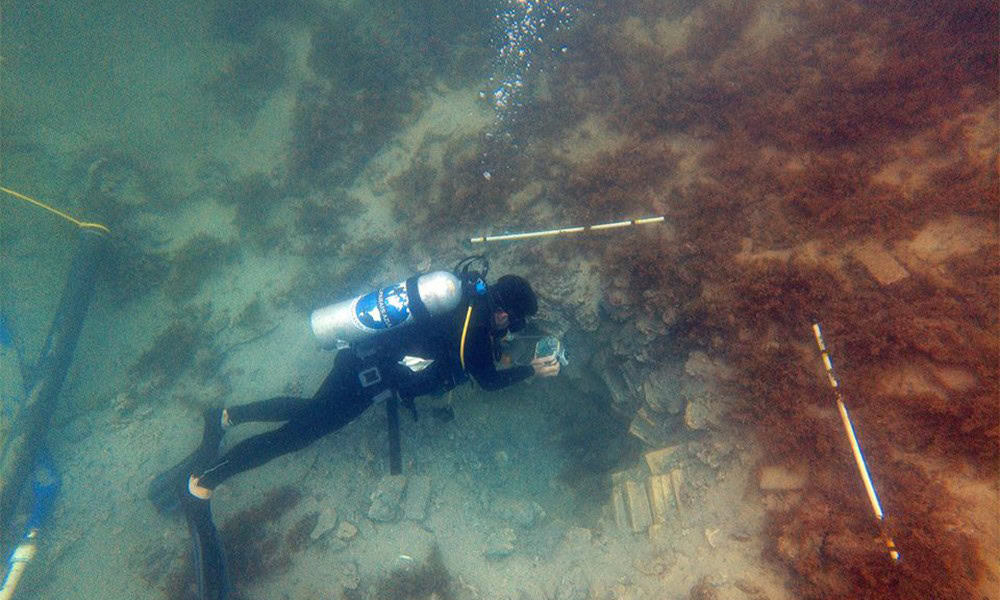
Posted on 04/27/2025 8:08:46 PM PDT by nickcarraway
The National Museum of Denmark has confirmed that two 18th-century shipwrecks in Cahuita National Park, long thought to be pirate ships, are the Danish slave ships Fridericus Quartus and Christianus Quintus, which sank in 1710. The identification was announced on Sunday, resolving decades of speculation about the wrecks off Costa Rica’s Caribbean coast.
The ships were identified through underwater excavations in 2023, which analyzed ship timbers, cargo blocks, clay pipes, and other artifacts. In 2015, U.S. archaeologists from East Carolina University discovered yellow bricks, specific to Danish manufacturing in Flensburg, among the wreckage, prompting renewed investigation. The wrecks, located on coral reefs near Puerto Limón in Cahuita National Park, were first documented in the 1970s but misidentified as pirate vessels based on local assumptions.
Historical records indicate the Fridericus Quartus and Christianus Quintus departed Copenhagen in December 1708, bound for the Danish West Indies via West Africa. They carried cloth, metal goods, and weapons to trade for enslaved Africans. In 1710, after navigational errors, the ships struck reefs off what was then called Punta Carreto. One ship caught fire, and the other was abandoned after its anchor cable was cut. Excavations confirmed charred wood and Danish cargo, aligning with these accounts.
David Gregory, a marine archaeologist at the National Museum of Denmark, stated, “The cargo blocks are Danish, as is the wood, which is charred and covered in soot from the fire. This matches historical accounts.” Andreas Kallmeyer Bloch, another marine archaeologist, emphasized the excavation’s importance for understanding Denmark’s maritime history and its relevance to Costa Rica.
The project, supported by Denmark’s Njord research center, involved collaboration with East Carolina University, the University of Costa Rica, and Costa Rica’s National System of Conservation Areas (SINAC). It marks Costa Rica’s first underwater archaeological excavation. The wreck sites are restricted to non-invasive tours to protect the artifacts and marine environment.
Approximately 690 enslaved Africans were aboard the ships, with historical records noting that around 100 were recaptured and sent to cacao plantations in Matina, while others escaped. The discovery provides new insight into the region’s colonial history and the transatlantic slave trade. SINAC plans to incorporate the findings into educational programs at Cahuita National Park.

Trumps fault.
So who has to pay reparations, Denmark or Costa Rica?, and who do they have to pay it to?
“Something’s rotten in the state of Denmark”..Hamlet 1,4
Danes weren’t so great huh.
This is simply UN-POSSIBLE, right? Since the US was the only country in the world to have slaves. There MUST be a connection!
/s
Good questions.
INteresting. So, the Danish should be paying reparations.
The Danes would pick up the slaves in Africa, then ship them to their Caribbean islands where the slaves would work in their mines, fields etc.
BTW, the Danes sold their Danish West Indies to the US, ie ST. Thomas, St John and St Croix in 1917.
Actually, their bros in Africa that captured and sold them should be on the hook. But, you know that. 😊👍
“Thank God my granddaddy got on that boat!” - Muhammad Ali
Yup!
This topic was posted , thanks nickcarraway.
So Denmark can give us Greenland already for reparations!..................
Disclaimer: Opinions posted on Free Republic are those of the individual posters and do not necessarily represent the opinion of Free Republic or its management. All materials posted herein are protected by copyright law and the exemption for fair use of copyrighted works.